"Today, more infectious outbreaks seem inevitable. It is not an exaggeration to say that there is potential of a Disease X event just around the corner."
"The recent spate of H5N1 bird flu cases in Cambodia is just a case in point."
"[Surveillance may be] a key approach in our ability to detect a spillover event before it becomes too widespread."
"[One Health is key to] effectively identifying and responding to these threats as it provides a trans-sectoral and multidisciplinary approach to identifying and responding to public health threats."
Pranab Chatterjee, researcher, Department of International Health, Johns Hopkins Bloomberg School of Public Health, Baltimore
"Nature is producing new viruses all the time .. What we're trying to say [with Disease X] is, let's think creatively about designing vaccines and therapeutics and drugs that not only affect known agents but also can affect future and emerging pandemic pathogens."
"And you can predict pretty clearly that the places where new emerging diseases are most likely to start are countries where there's a lot of wildlife diversity ... means tropical and subtropical countries."
Peter Daszac, president of EcoHealth Alliance, global environmental non-profit
"With the resources and technologies we have now, I don't think it's too much to ask to be ready for 120 different viruses ... so, I just think it's a call to action to have much more investment in basic research, and preparedness and understanding of biology and understanding of the threats."
"All global threats began as regional problems. Even HIV was a regional problem until we missed it for two or three decades, and then it became a global problem."
"And it's in the high-income countries' best interest to help low-income countries have the facility and capacities to solve their own problems regionally before they become global problems."
"You know, we act like we're only going to be on the planet for another five years. And we need to be thinking longer term, we need to be thinking outside of an election cycle. Our thinking needs to be about 100 years, for me, not two years."
Barney Graham, senior adviser, global health equity, Morehouse School of Medicine, Atlanta
 |
Eco Health Alliance
|
Speculation is rife and it has been for years, over where the next world threat through an infectious virus will come from, how virulent it will be, and the level of its human-destructive force. Major infectious events are on the horizon and have been, for some time. Preparedness for reaction to such events is still in the gestation stage. Scientists estimate that 1.67 million viruses, yet to be discovered, prey on mammals and birds, some half of which have the potential to spread to humans.
The World Health Organization back in 2018 spoke of the unknown future outbreak as Disease X, representing the "knowledge that a serious international epidemic could be caused by a pathogen currently unknown to cause human disease". It took but a year before SARS-CoV-2 appeared on the world scene, the first in the category of mystery viruses scientists were concerned about, alerting the world medical community.
The appearance of the next, anticipated outbreak will take creativity and vigilance to track it since the perspective is, following COVID-19's global disruption, this is only the beginning. There is general consensus that the next Disease X will be zoonotic, like SARS-CoV-2, a virus specific to animals that made its way, leaping the species barrier, to infecting humans. Almost 75 percent of emerging infectious diseases -- Ebola, HIV-AIDS, rabies and COVID-19 are several among a staggering number of potential zoonotic threats.
Nearly all recent infectious diseases of global concern, including COVID-19 are caused by animal viruses attaining human transmission, according to data. Zoonotic viruses continue to represent the pathogens of interest as future diseases with the potential to become pandemics. And that would include diseases known from a specific source that could evolve into a mutated form to threaten its virulence widely.
Rift Valley Fever, a virus listed as one of eight known disease by WHO, that poses the greatest public risk of a health emergency is one such example which in severe form is capable of resulting in blindness, excessive bleeding and brain swelling. Generally, it spreads to humans through mosquito bites, with no human-to-human spread yet documented. However, if its causative virus changes its transmission mode to respiratory spread similar to flu viruses it could be the next Disease X.
 |
| EcoHealth Alliance scientists are sampling humans and wildlife around the globe to track and discover new viruses |
Of the 1.67 million unknown viruses, all belong to roughly 25 viral families through which scientists have identified 120 viruses from these families posing potential risk to humans. Scientists in view of the fact that it is not possible to prepare for each viral pandemic threat, devised a strategy to identify prototype virus models that have the potential to cause the greatest risk to humans for which no known medical countermeasures exist.
Another considerable factor is rising global temperatures with the potential to unleash zombie viruses frozen for thousands of years in permafrost. The main drivers of the next Disease X pandemic appears to be land usage change, deforestation, population growth and activities such as wildlife trade where "humans come in contact with 'new to us' pathogens".
ProMED, an internet-based reporting network supported by the non-profit International Society for Infectious Diseases is open to all, accessed free of charge. Unlike government organizations this system can inform the public of the initial case first captured by informal and/or local reporting, whether through social media, local media or when that case initially presents to a healthcare worker. Which makes ProMED critical to the global public health community.
"There is no one perfect surveillance system, nor will there ever be. We have to remain vigilant for both known and unknown threats, using event, artificial intelligence, routine, and lab-based surveillance. ProMED is one piece of the disease-surveillance space occupying a very specific niche where we try to identify outbreaks before definitive results are available."
"...It wasn't until a local media source captured it [the significance of informal information] and Pro MED disseminated it that it was identified as a real threat."
"In outbreaks with pandemic potential any extra days we can move the response to the left on the timeline means lives and dollars saved."
Jarod Hanson, chief content officer, Program for Monitoring Emerging Diseases (Pro MED), Maryland
 |
| A nurse works in the intensive care unit at the
Humber River Hospital in Toronto during the COVID-19 pandemic. Nathan
Denette / The Canadian Press |
Labels: Disease X, Research, Scientific and Public Health community, Surveillance, Zoonotic Pandemics






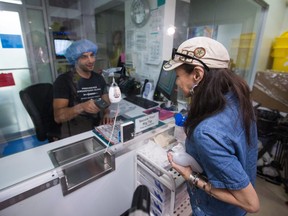



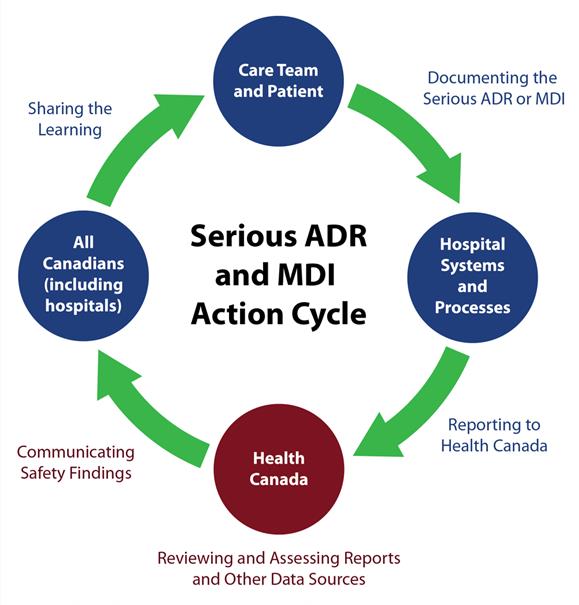

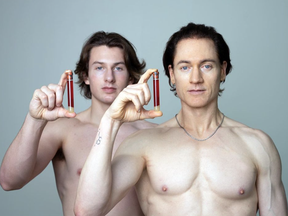

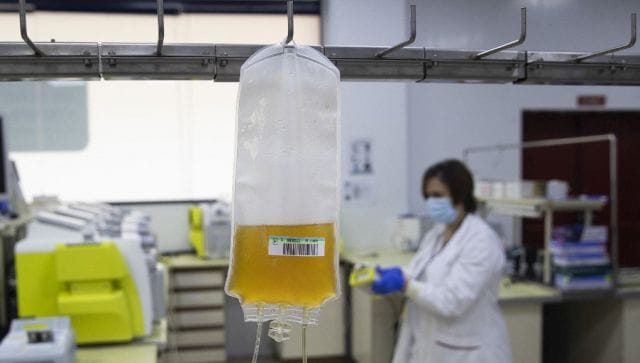

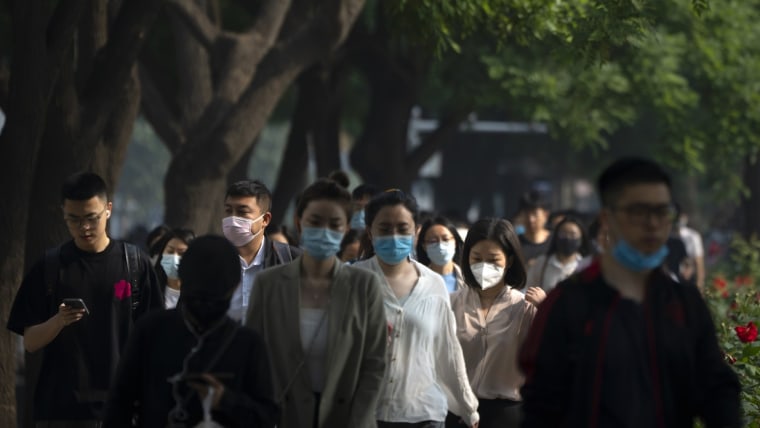
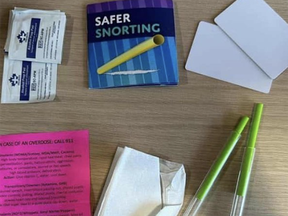



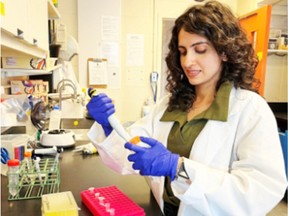

![[Photo of Lauren Michelberger processing a blood sample from the lung cancer mDETECT project, PIPEN]](https://www.queensu.ca/gazette/sites/default/files/assets/stories/2020/Michelberger_1000x667.jpg)





